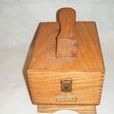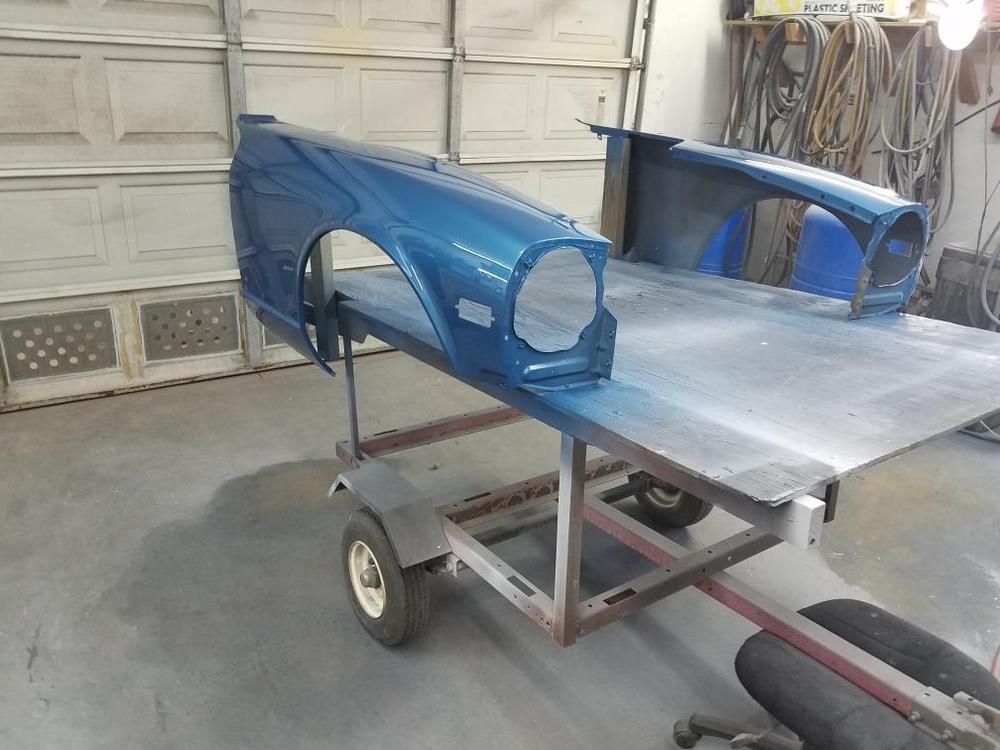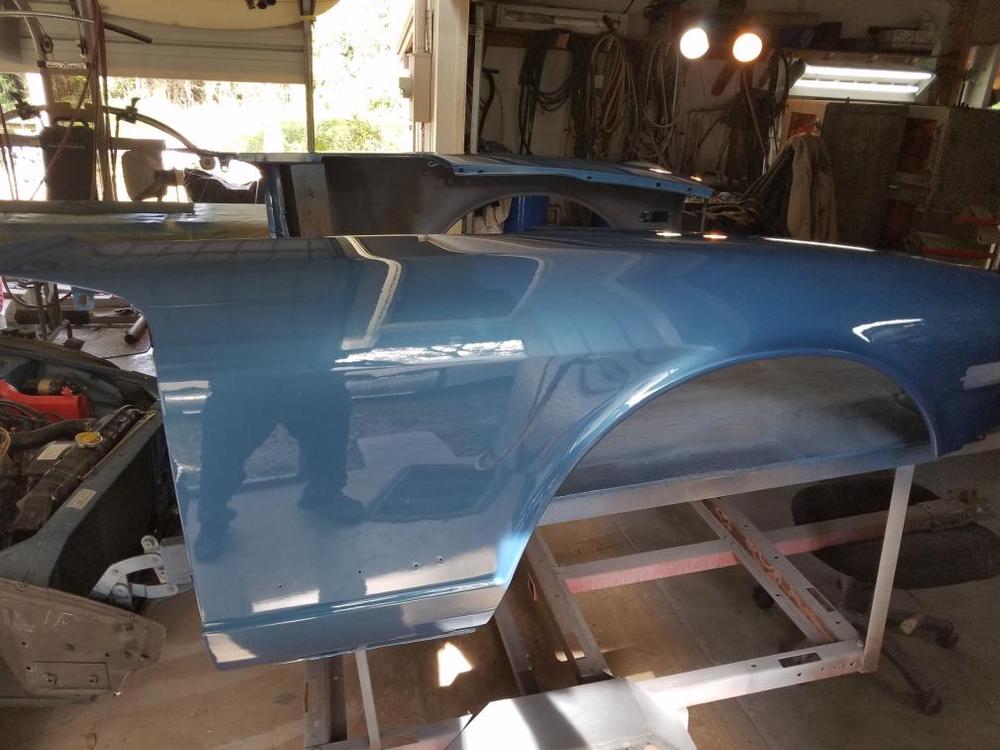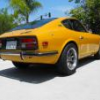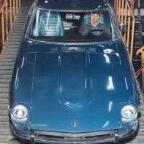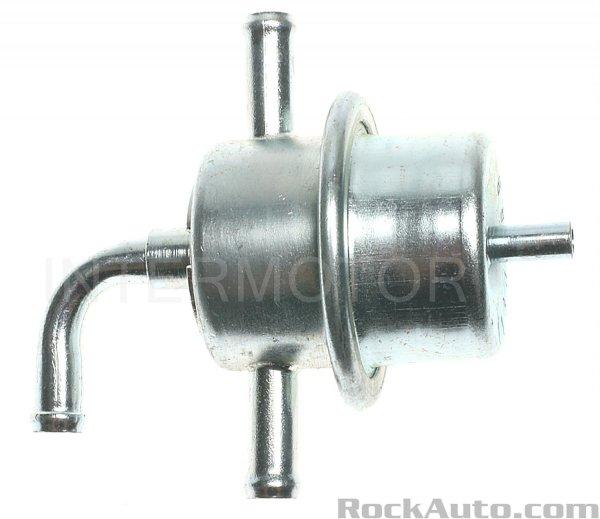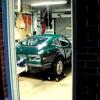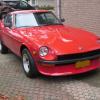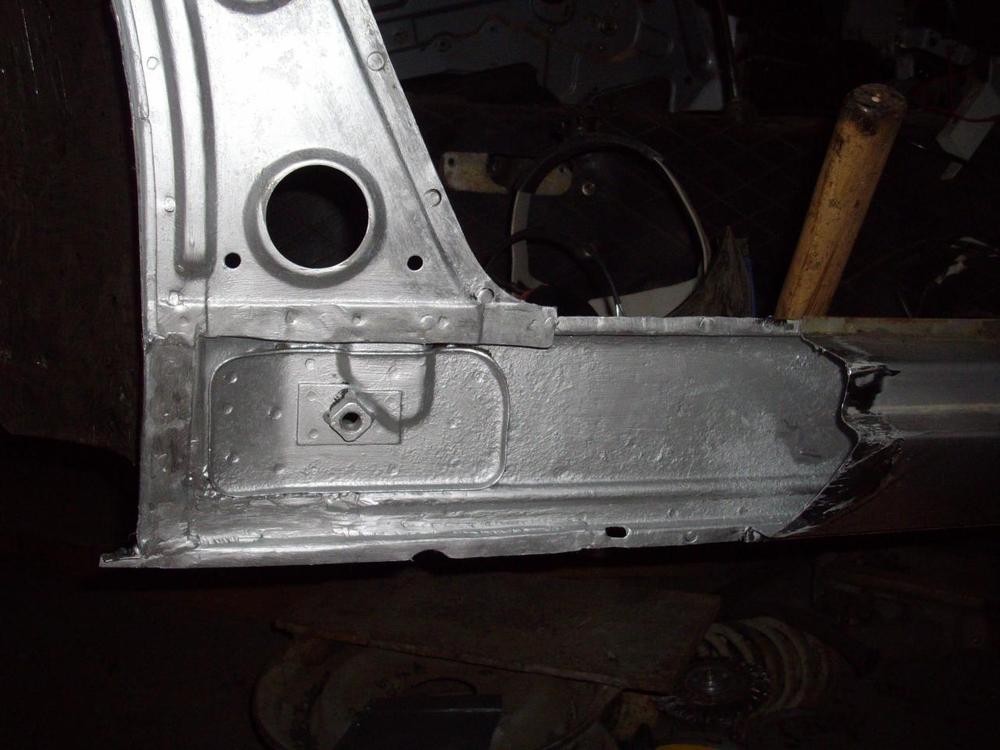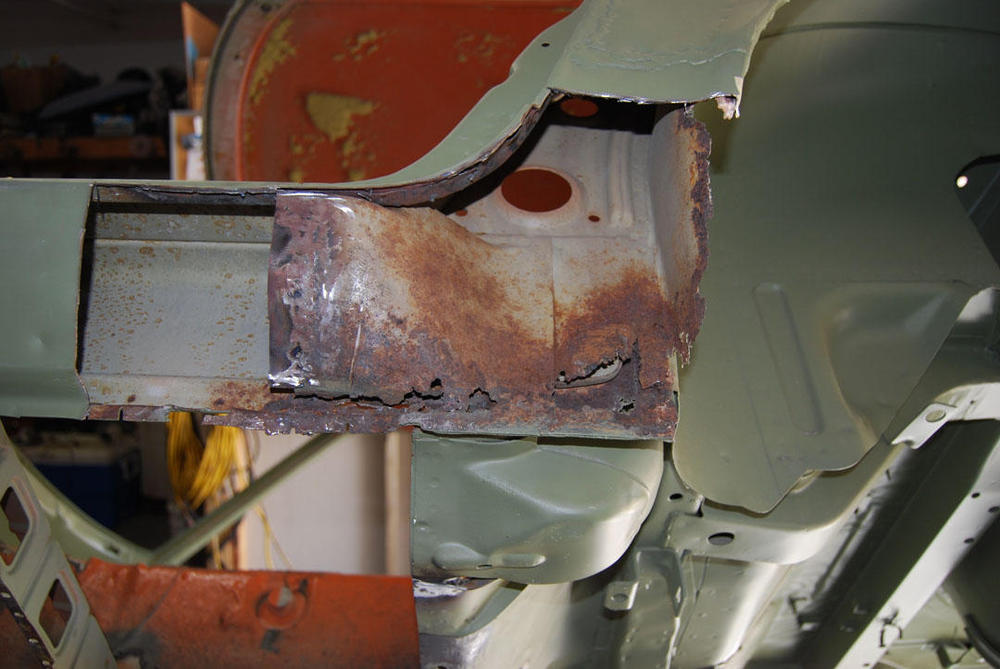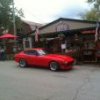I can never resist a good structural engineering puzzle. Of course, unibody structures are not simple affairs to analyze as the load points and paths are complicated. And automotive design decisions can also be influenced (if not, dictated) by manufacturability and cost.
From a structural perspective, we're looking at a long closed-box section that acts as an outboard rib for the floor panel. The floor panel has an equally strong inner rib, in the form of the open-box section created by the transmission tunnel. The rocker structure connections to the A and B-posts have to transfer/resist both axial loads and torques (and not just in simple bending mode, but also torsion, such as when a single wheel hits a pothole or a ridge).
After staring at diagrams and photos of the rockers and the (very complicated) dogleg area, think the design solution used by Nissan at the ends of the rocker structures reflects all three considerations:
1. Structural: I think the structural decision was premised on a desire to have all of the loads from the rocker structure to the A and B posts transferred/resisted in shear through a single plane (vertical-longitudinal in this case). It's elegant and simple. It also means that...
2. Manufacturability: The spot welds all occur in that same plane and can be accomplished without the need to rotate the welder electrodes, and...
3. Cost: The inner rocker can be stamped with a single-shot (not need to fold flanges are the rear end to allow joining with the wheel housing. This might also assist in stacking the parts for shipment and storage.
This is all just educated guessing, offered by an engineer who should be retired but still needs the money.
To assist in further speculation, here are a couple of photos for your consideration (as usual, with apologies to the original posters whose names I failed to record)...

 Subscriber
Subscriber 4Points11,142Posts
4Points11,142Posts




